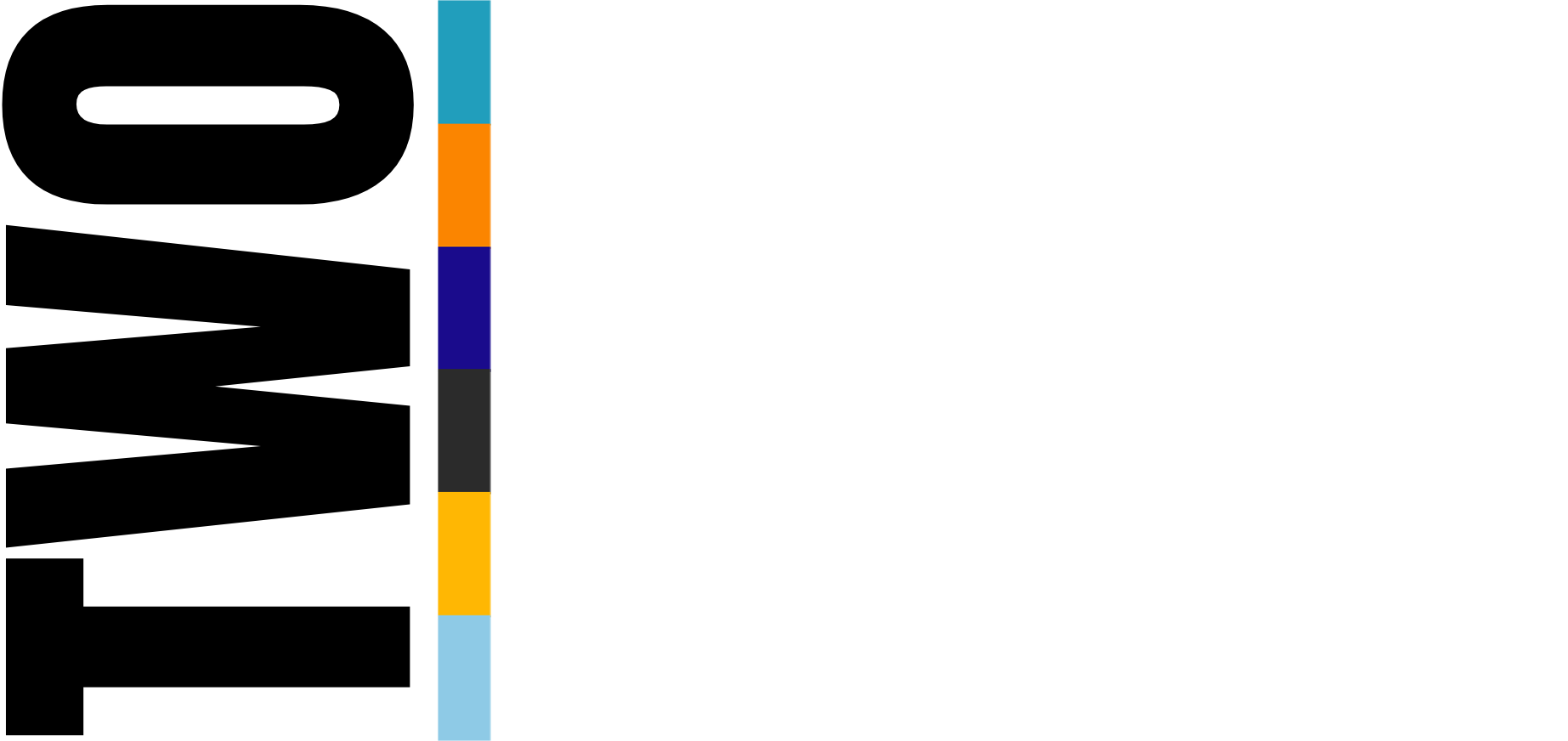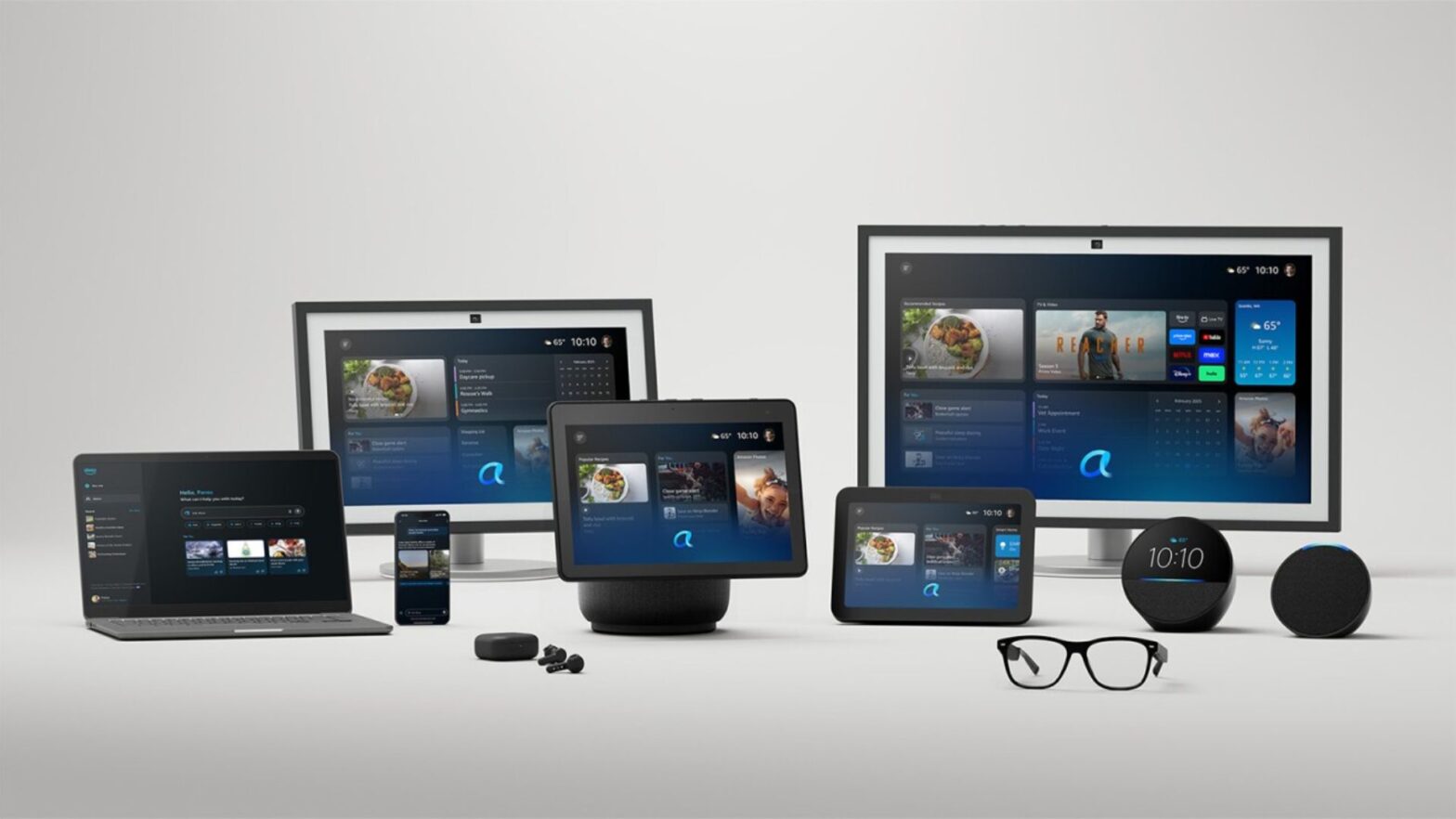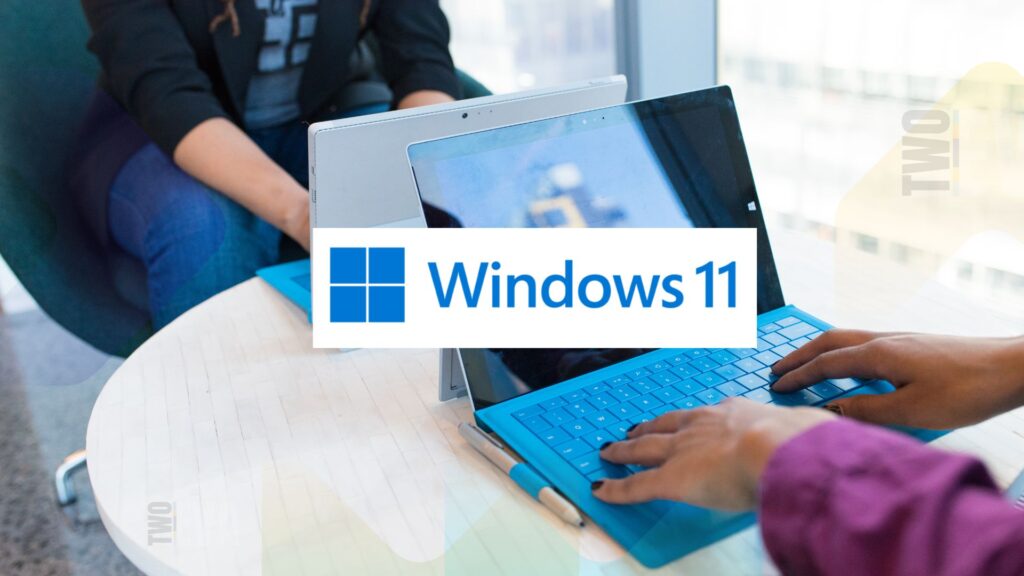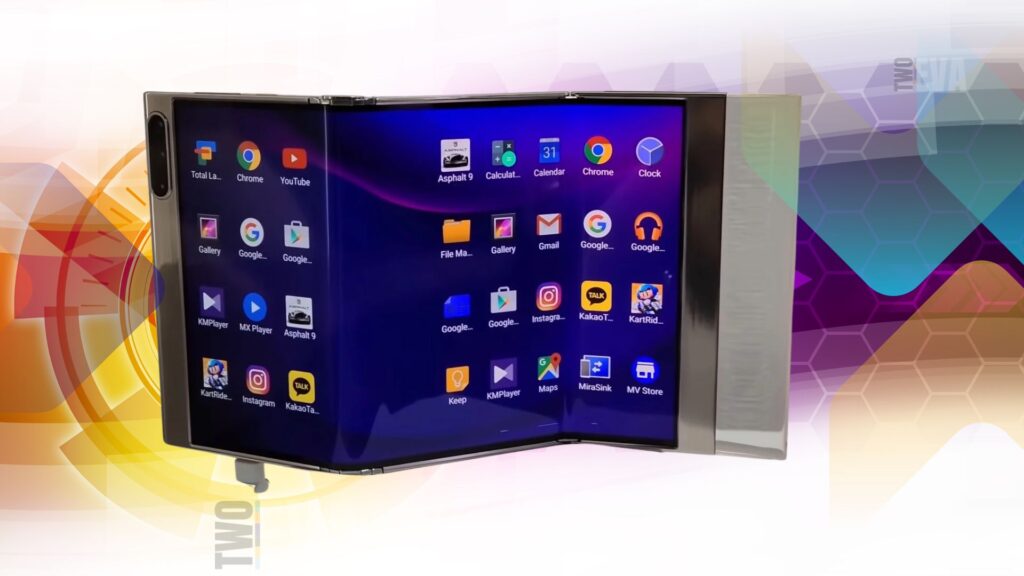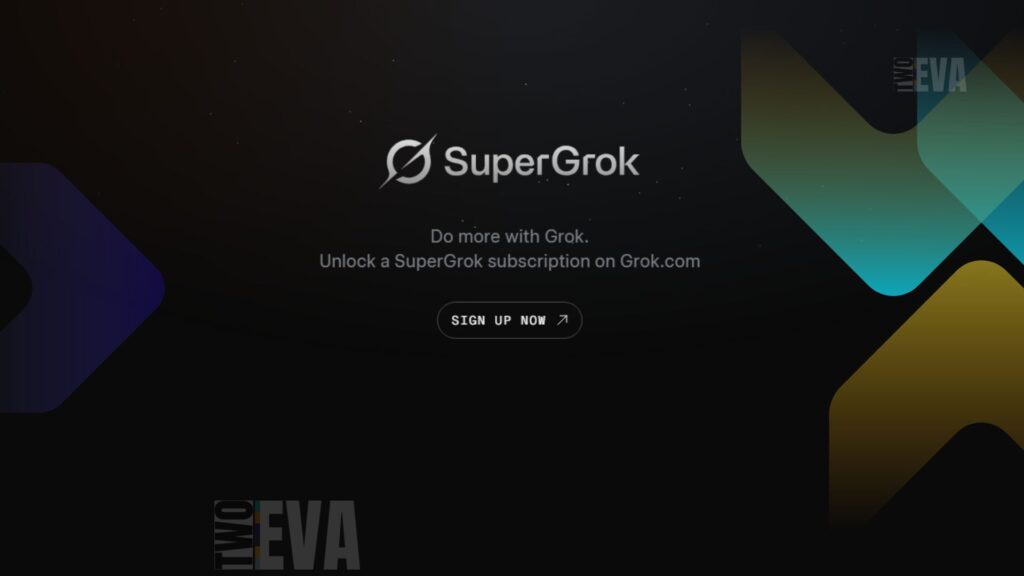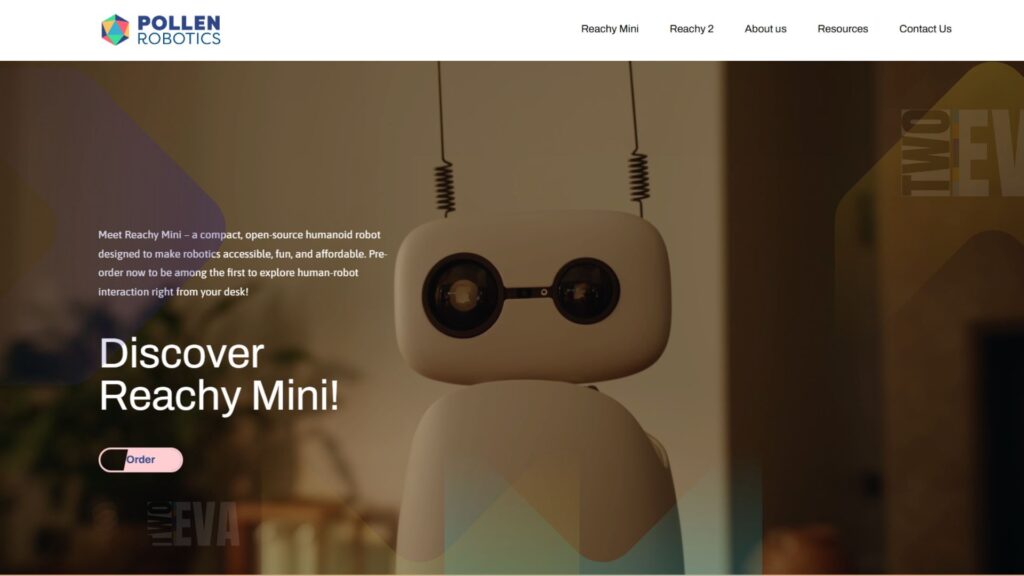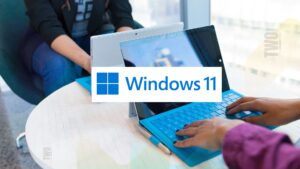In a significant milestone for Amazon’s next-generation voice assistant, CEO Andy Jassy announced during the company’s latest earnings call that Alexa+ has reached 100,000 users. This achievement comes approximately two months after Amazon’s initial announcement of Alexa+ and about a month into its limited rollout, which began in late March 2025.
While 100,000 users represent progress for Amazon’s AI-powered assistant, the number remains relatively small compared to the vast installed base of Alexa-enabled devices already in homes across America. So, what does this mean for Amazon and the smart home industry at large?
The Journey to Alexa+
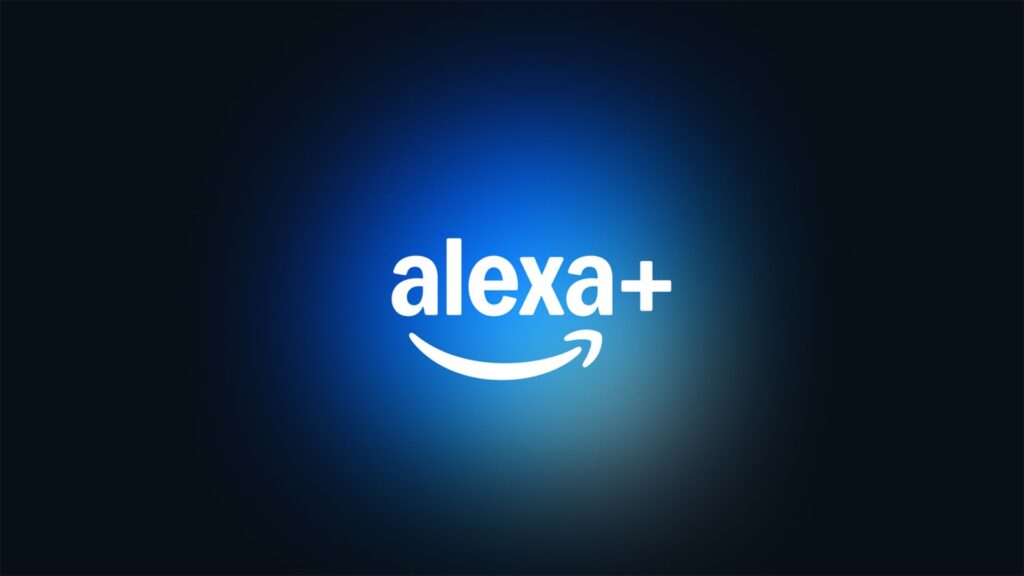
Amazon’s decision to launch Alexa+ came after the company found itself falling behind competitors in the virtual assistant space. Despite Alexa being the preferred assistant for two-thirds of Americans, it had been surpassed by other assistants, including Google and Siri, in terms of capabilities.
The release of ChatGPT triggered a wave of generative AI advancements that left Alexa seeming outdated and limited. Amazon reportedly faced multiple delays in launching their AI-enhanced assistant due to performance issues, with rumors suggesting the company struggled to match competitors’ capabilities.
What’s New with Alexa+?
Alexa+ represents what Amazon calls a “complete re-architecture” of their voice assistant technology, now powered by Amazon Bedrock models including Nova and Anthropic. Early user reports suggest Alexa+ is significantly smarter, more natural sounding, and more capable than the classic version, with improved ability to handle complex queries and maintain context in conversations.
One of the most notable improvements is the introduction of agentic capabilities. This means Alexa+ can perform multiple steps to complete tasks without requiring constant user guidance, addressing a long-standing complaint about classic Alexa, which was often underused by consumers who treated it as little more than an elaborate timer.
Pricing and Availability
Alexa+ operates on a subscription model, costing $19.99 monthly for non-Prime members, while Amazon Prime subscribers can access the service for free as part of their membership. This pricing puts it on par with OpenAI’s ChatGPT Plus subscription.
The initial deployment of Alexa+ has focused on users with Echo Show 8, 10, 15, and the newly released Echo Show 21 devices. Eligible users receive notifications via email and device alerts once access is granted. For users in the UK and Europe, specific timelines have not been confirmed, though a 2025 launch is anticipated.
Early User Feedback
Early feedback from Alexa+ users has been cautiously positive. One Reddit user, who claims to have been using Alexa+ for six weeks, launched an AMA (Ask Me Anything) thread to share their experiences. They stated that while the “old Alexa was hot garbage,” the new version was “a pleasant surprise.”
This user provided both praise and criticism of the service, helping to dispel suspicions that they might be an Amazon employee promoting the product. Interestingly, their feedback also reflected a common issue with voice assistants—underutilization of capabilities, a problem that reportedly horrified a senior member of the original Echo team who discovered many users were essentially using the sophisticated device as an elaborate egg timer.
The Competitive Landscape
Alexa+ enters a competitive field where other AI assistants have already integrated generative AI capabilities. Google Assistant is now powered by Gemini, Apple’s Siri utilizes Apple’s own large language models (LLMs), and Microsoft’s Copilot leverages OpenAI’s technology.
The effectiveness of these different approaches remains to be seen in real-world usage. While Amazon once dominated the voice assistant market, it had fallen behind as competitors integrated more advanced AI capabilities. With Alexa+, Amazon is attempting to leapfrog back into contention, but with only 100,000 users so far, it’s too early to make definitive comparisons on performance against well-established competitors.
Looking Ahead
As Alexa+ continues its rollout, several questions remain:
- How quickly will Amazon expand access to more users and devices?
- Will the improved capabilities lead to increased usage and customer satisfaction?
- Can Amazon regain its leadership position in the smart home assistant market?
It’s worth noting that Alexa+ will coexist with “Classic Alexa” for the time being, though it’s unclear how long Amazon plans to maintain the current version.
Industry experts are watching closely to see if Amazon’s approach will deliver the natural conversation capabilities and useful functionality that consumers now expect from AI assistants. As the smart home race heats up, the success of Alexa+ could play a crucial role in Amazon’s future in this competitive market.
Microsoft’s Copilot leverages OpenAI‘s technology. Apple‘s Siri utilizes Apple’s own large language models (LLMs).
